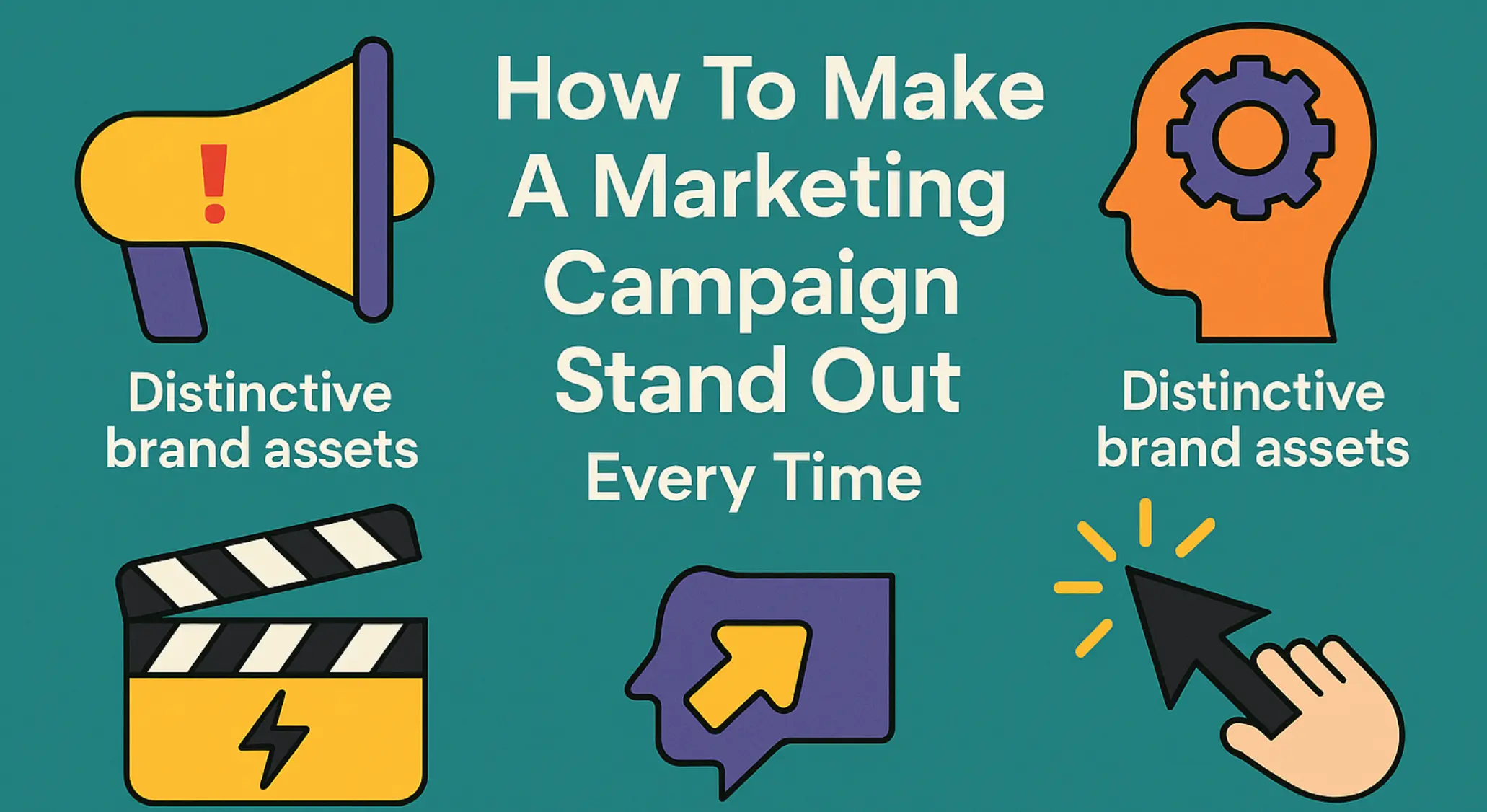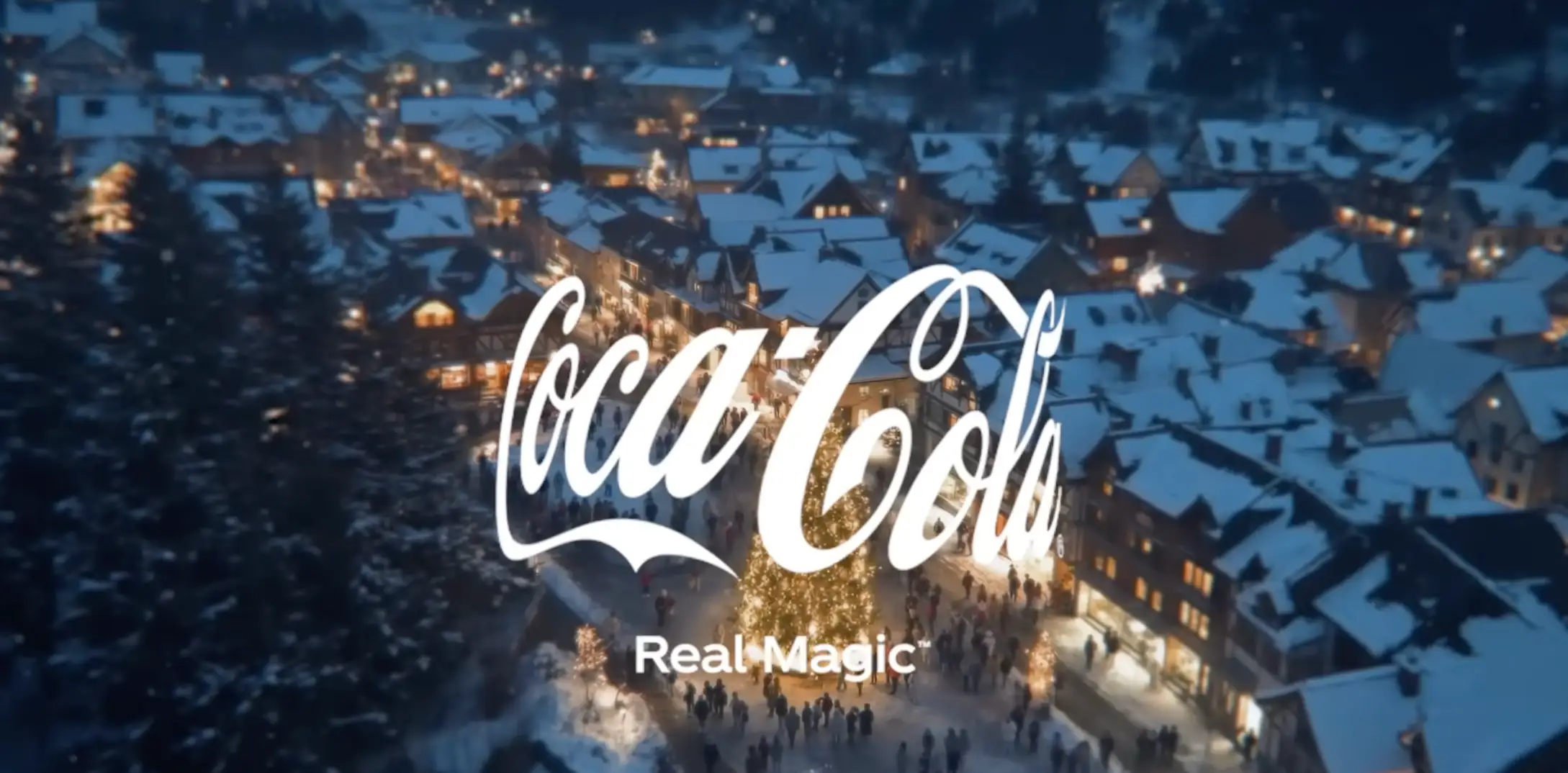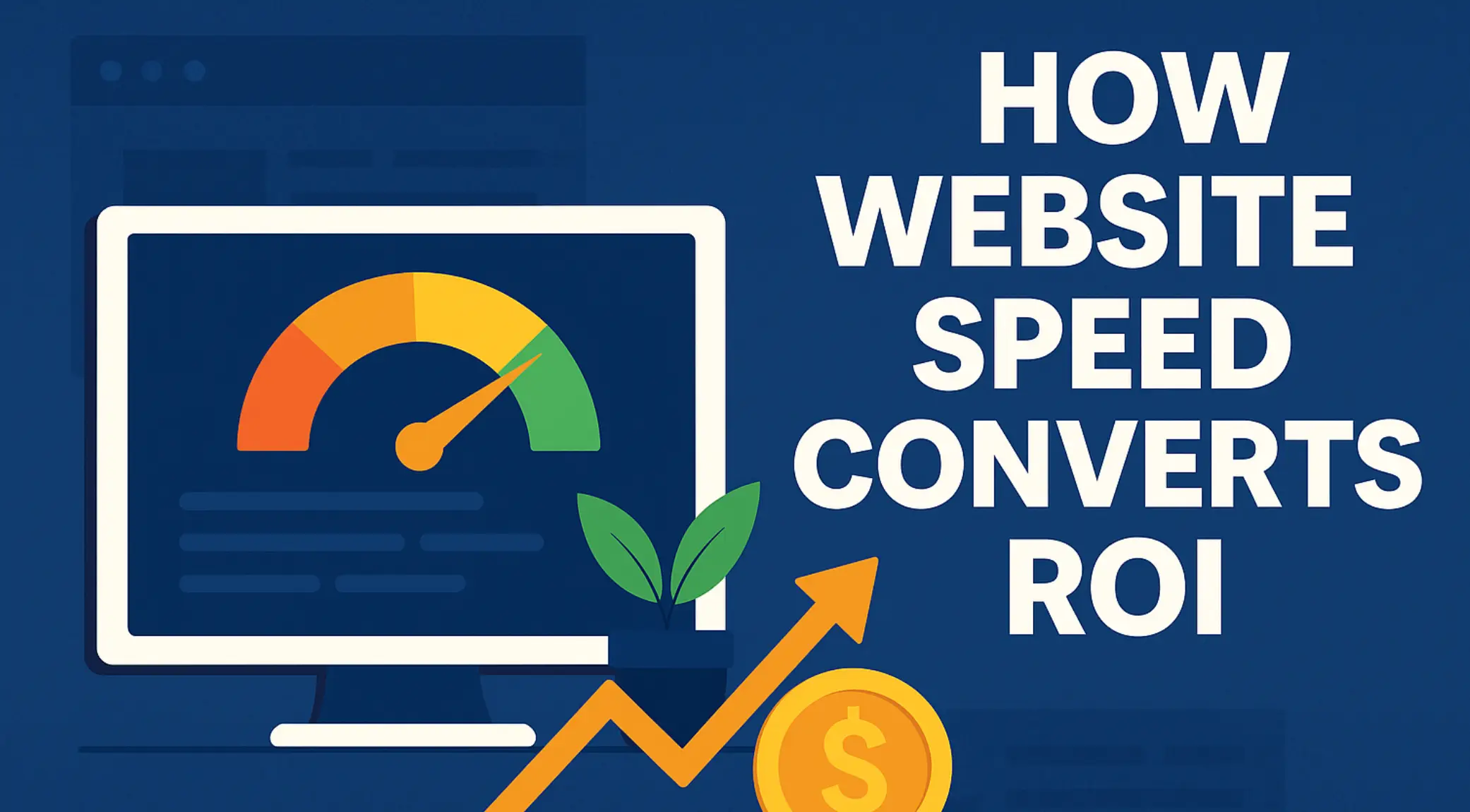Brand Color Psychology: How Hues Influence Emotions and Consumer Choices
Updated on
Published on

Color is one of the most powerful branding elements. From the calming blues of tech giants to the bold reds of fast-food chains, colors deliver meaning in a single glance. Researchers even say up to 90% of quick judgments about products are based on color alone. That’s a big deal for brands trying to leave a memorable impression. So, what is color psychology in branding? It’s the study of how different hues can spark distinct emotions and shape how people see a brand.
Below, we’ll delve into the main principles of color psychology in marketing, explore a bit of history, and highlight some of the biggest brand success stories. We’ll also look at the psychological impact of colors on marketing strategies and share research-backed facts to help you choose the best palette for your business. Whether you’re aiming for emotional branding through color, an effective color strategy in branding, or simply want to know which colors work best for building a brand, you’ll find practical insights here.
How Do Colors Influence Brand Identity?
Biology Meets Culture
Brands often wonder, “How do consumers respond to specific brand colors?” A lot of it comes down to both biology and cultural conditioning. For example, warm shades like red and orange can raise heart rates and add a sense of urgency. Meanwhile, blue or green tends to relax us. Researchers have shown that red can be linked to excitement or passion—think Coca-Cola or YouTube—while blue is associated with trust and serenity.
Cultural norms are also part of the puzzle. In Western cultures, white might symbolize purity or weddings, but in some Eastern cultures it’s linked to mourning. Still, there are broad patterns that consistently emerge—for instance, blue logos often project reliability, and green logos frequently tie into environmental friendliness.
Color Theory and Branding
So, why is color psychology important in marketing? Because the instant a consumer spots a package, sign, or ad, the color triggers an emotional response in the brain. Some research shows that 62–90% of quick assessments about a product come down to color alone. Evolution probably nudged us this way: bright colors in nature can signal ripeness or, conversely, danger, prompting immediate emotional reactions.
Of course, there’s no one-size-fits-all formula. Personal experience and cultural background may shift how someone feels about a specific hue. But overall, if brands do a good job selecting a color that aligns with their personality—be it playful, trustworthy, energetic, or luxurious—they’ll usually make a stronger impact.
A Brief History of Color Psychology in Branding
Ancient Roots and Philosophical Curiosity
Color psychology isn’t a new concept. Ancient Egyptians studied color’s effects on emotion over 4,000 years ago, and Greeks like Aristotle wrote about color long before modern science. By the 17th century, Isaac Newton had mapped the color spectrum. In 1810, Goethe’s “Theory of Colors” connected different hues to distinct emotional states, laying some groundwork for how we discuss visual branding and color psychology today.
Growth in the 20th Century
The late 19th and early 20th centuries saw brands like Coca-Cola using color to stand out—Coke’s bright red barrels grabbed attention from a distance. As color TV and mass advertising took off, companies grew fascinated with how colors influence branding and buyer behavior. Research in the 1940s and beyond started measuring physiological reactions to color. By the 1960s, market researchers were spending big to find the link between color and consumer preferences, and color psychology in marketing became a hot topic.
Milestone studies in the early 1990s—like those by Bellizzi and Hite—revealed that store environments painted in certain colors affected shopper moods and purchase intentions. Another influential paper in 2006 reinforced that color can drive up to 90% of initial judgments about products. From that point, brand colors psychology became seen as strategic assets, with companies even trademarking signature hues (e.g., Tiffany & Co. blue, Barbie pink, Cadbury purple). By the 21st century, color-driven branding techniques had turned into a science blending psychology, design, and cultural savvy.
The Basics of Color Theory
At the heart of understanding color's role in branding is color theory. Starting with primary colors (red, blue, yellow), we create secondary colors (green, orange, purple) by mixing them, followed by tertiary colors, which result from combining primary and secondary hues. Each color conveys specific emotional cues that can trigger reactions, which is why companies invest time and resources into selecting the right palette. For instance:
- Red signifies passion, excitement, and urgency, which is why sales signs often utilize it.
- Blue conveys trust, calm, and security, making it popular among tech companies and financial institutions.
- Yellow represents optimism and energy, often used in children’s products or attention-grabbing signage.
- Green evokes growth, health, and nature, often chosen by brands associated with sustainability.
- Purple signals luxury, creativity, and exclusivity, favored by premium brands.
- Black projects sophistication, power, and elegance, common in high-end fashion and luxury goods.
Famous Examples of Using Color Psychology for Brand Strategy
McDonald’s – Red & Yellow
McDonald’s is a classic example of color psychology in branding. Red grabs attention and can heighten appetite, while yellow feels cheerful. This red-yellow combo suggests fast, fun, impulsive eating—part of the reason so many fast-food chains adopt similar color schemes. The result is near-universal recognition of those golden arches and a global sense of familiarity.
Facebook – Blue
Tech companies like Facebook rely heavily on blue. People tend to associate blue with reliability and calm, making it an appealing choice for platforms where you share personal info. Blue also projects confidence—one study found that logos in this hue often make viewers think of success and security. It’s no surprise that countless financial and tech giants use a blue logo to earn consumer trust.
Starbucks – Green
Starbucks takes a different route with green, connecting it to freshness and a sense of relaxation. Green suggests nature, growth, and well-being, which pairs well with Starbucks’ mission around sustainability and ethical sourcing. It also helps Starbucks stand out as a calmer coffee option, especially when compared to fast-food places that rely on bold, appetite-stimulating reds.
Cadbury – Purple
Cadbury’s deep purple wrapping (Pantone 2685C) feels luxurious and indulgent. Historically, purple dye was rare, so it symbolized royalty and exclusivity. By using purple, Cadbury communicates that its chocolate is special and worth savoring. Consumers have grown to see that iconic purple as shorthand for creamy, decadent candy—an emotional branding through color that’s paid off in brand loyalty.
Barbie – Pink
Want to think of youth, imagination, and fun? Barbie’s bright pink does exactly that. It exudes a playful energy that appeals to young kids, especially girls who often associate pink with something friendly or adventurous. The pink palette has become so iconic that a glance down a toy aisle reveals Barbie products even if you don’t spot the logo.
Target – Red
Target’s bullseye is a red that practically glows with energy and urgency. This color is impossible to ignore, which is key for a big-box retailer competing for shopper attention. Red can also stimulate impulse buys, so it fits well with Target’s approach to encouraging quick yet fun shopping decisions. Over time, the red bullseye has grown so recognizable that Target barely needs to spell out its name in ads.

What Role Does Color Play in Effective Branding?
Driving Purchasing Decisions
Research shows color influences 60–80% of a customer’s product decision. In a world where consumers often compare products quickly—maybe scanning a store shelf or scrolling through an online marketplace—color can be the factor that nudges them to click “Buy Now” or pick an item off the shelf. Brands that harness the psychological effects of different brand colors have a head start in grabbing attention and guiding perceptions.
Boosting Recall and Recognition
Ever wonder how can brands use color psychology to connect with customers over time? Through consistent usage across packaging, ads, and online platforms, brand colors become second nature to shoppers. Studies have found that consistent color application can raise brand recognition by up to 80%. People often remember a brand’s colors even before recalling its name. That’s why companies develop strict style guides to ensure everything—from websites to brochures—matches their chosen palette.
Encouraging Specific Emotions and Actions
Colors can spark measurable emotional and physiological responses. Red sometimes raises your heart rate, while blue can slow it. Neuromarketing studies have shown that seeing a familiar brand color psychology can activate pleasure centers in the brain if you already like that brand. This means color works on a subconscious level, influencing your mood before you even realize it. A store that opts for soothing hues might encourage customers to linger, while a brand that wants to excite customers might go for warmer tones.
How Can I Choose the Right Colors for My Brand?
Match Your Personality and Audience
Think about what qualities your business wants to project. Are you providing calm guidance (like a meditation app) or high-octane excitement (like an energy drink)? Are your customers drawn to eco-friendly vibes or looking for luxury? Understanding your brand’s core message is the first step in picking colors that reinforce it.
Do Some Research on Cultural Context
Colors may carry different meanings in various countries. If you’re going global, be mindful of hues that could inadvertently offend or confuse. For instance, white is typically seen as pure in many Western nations but might represent mourning elsewhere. It doesn’t mean you shouldn’t use certain colors—just be sure you know how your audience perceives them.
Test and Adapt
Why is color psychology important in marketing experiments? Because your initial guess might not land perfectly. Running small tests, like A/B testing different color schemes on your website or product packaging, helps you see which palette resonates best with real customers. Although consistency is crucial, many brands slightly tweak their colors over time for fresh appeal or better digital legibility. The key is ensuring any changes still reflect the brand’s essence.
Challenges and Misconceptions
Cultural Differences in Color Perception
Colors don't mean the same thing everywhere. For instance, in Western countries, white is associated with purity, but in some Asian cultures, it symbolizes mourning. Brands operating globally must consider such cultural nuances to avoid mistakes.
Overcoming Color Blindness in Branding
About 1 in 12 men and 1 in 200 women experience color blindness, an important factor to consider when designing a brand. Using high contrast and combining colors with symbols can ensure the brand remains accessible to a wider audience.

Color Psychology Effects on Brand Perception: The Data
- Snap Judgments: Up to 90% of immediate product assessments are based on color alone.
- Brand Recognition: Color usage can boost brand recognition by up to 80%.
- Purchase Influence: 60–80% of buy decisions might hinge on color.
These figures underscore how color-driven branding techniques can truly affect customer behavior. If your color palette strikes the right emotional chord, you’ll likely see improved sales and loyalty.
Store Environment Studies
Retail color experiments have demonstrated that shoppers linger longer in spaces featuring cooler, more soothing color schemes. Meanwhile, spaces splashed with reds and oranges might spark faster decision-making—useful if you’re going for a “grab-and-go” feeling. It depends on your brand’s goals and the sort of customer experience you’re hoping to create.
Cultural and Demographic Variations
Different age groups, genders, and cultures may favor certain colors or interpret them in unique ways. Men and women, for instance, can show different color preferences in consumer studies. Global brands often adapt color usage for local markets, especially if the brand colors carries a drastically different meaning abroad.
Color Trends in Brand Design
Brands are continuously exploring fresh ways to stand out, so color trends do shift over time. Right now, there’s a wave of gradient designs and bold neon accents in tech and fashion branding. Soft pastels are also popular among lifestyle and wellness companies wanting to convey a sense of calm or mindfulness. No matter the trend, it’s always smart to keep your core brand personality front and center. If you adopt a new look purely because it’s “trendy,” you risk confusing loyal customers who identify with your older, established palette. Color might feel like a subtle design choice, but it’s actually a powerful driver of consumer perception. Whether you’re brainstorming new logo ideas, planning a website, or rolling out physical packaging, the color palette you choose can have a huge impact on brand identity, recognition, and emotional appeal.
So, how can brands use color psychology to connect with customers? Start by pinning down your brand’s core attributes—are you aiming for trust, luxury, comfort, or excitement? Then pick colors that match those vibes, do your cultural research, and stay consistent. Keep a close eye on how your audience reacts, and don’t be afraid to tweak small details as needed. Your brand color strategy will work best when it stays true to who you are and how you want people to feel.
By understanding the psychological effects of different brand colors and committing to a clear color strategy, your business can create an immediate bond with customers the moment they set eyes on your logo, store layout, or packaging. That’s the power of color psychology in branding: guiding emotions and choices without saying a single word.







